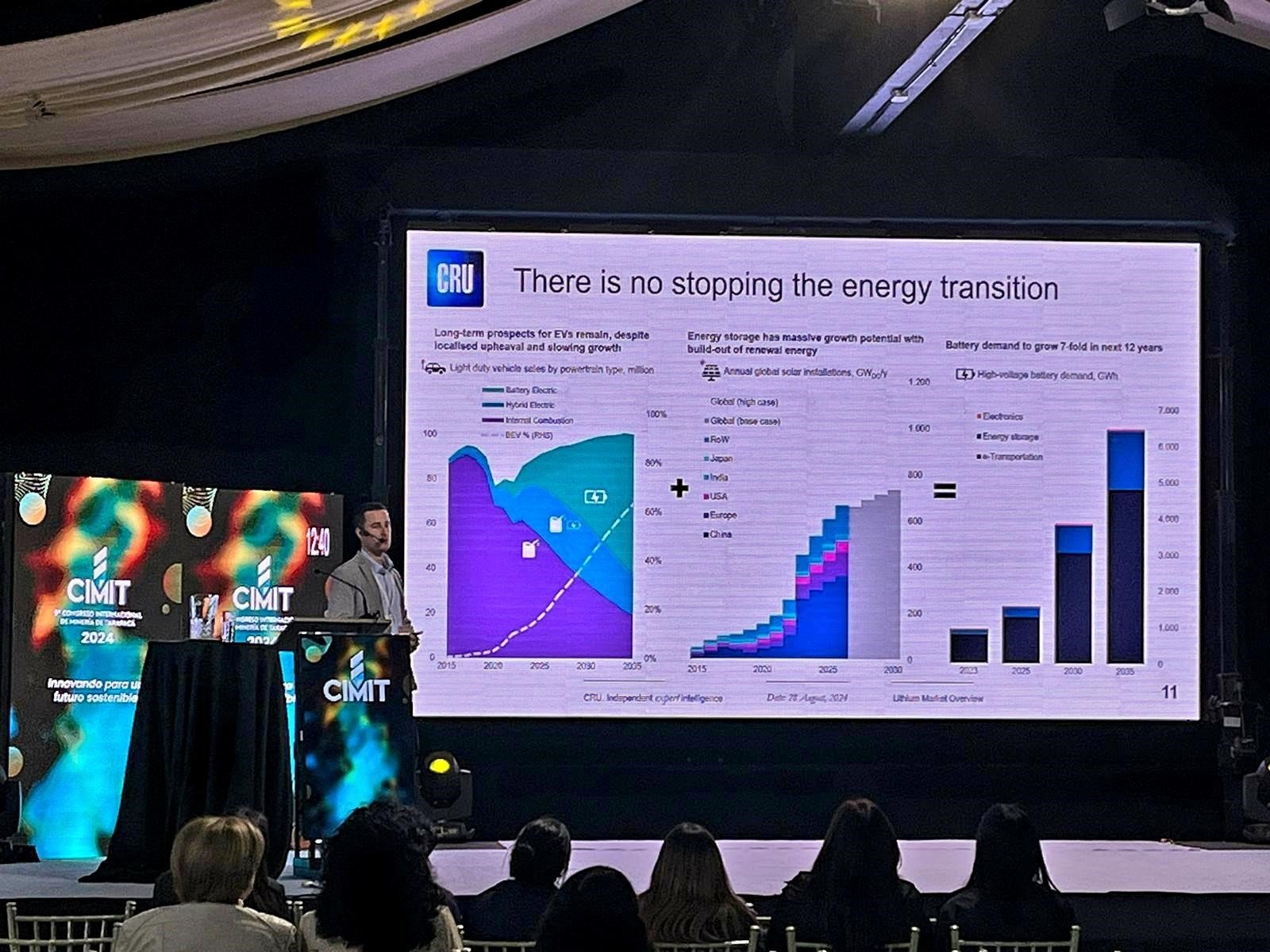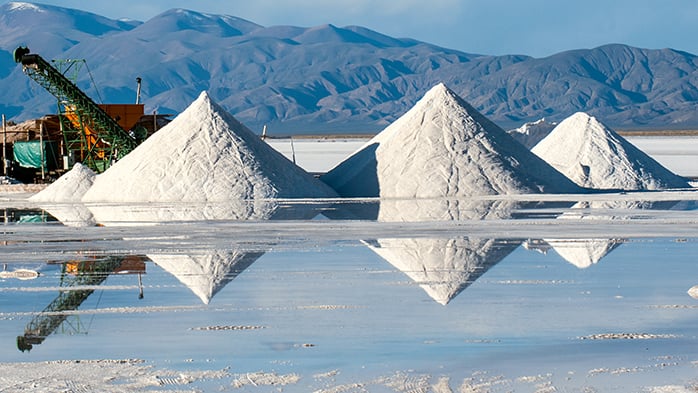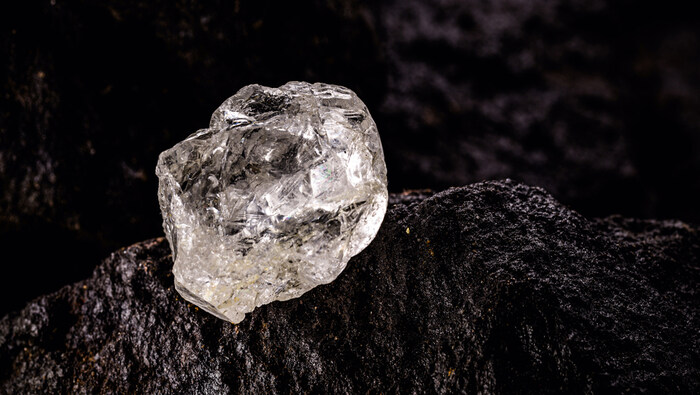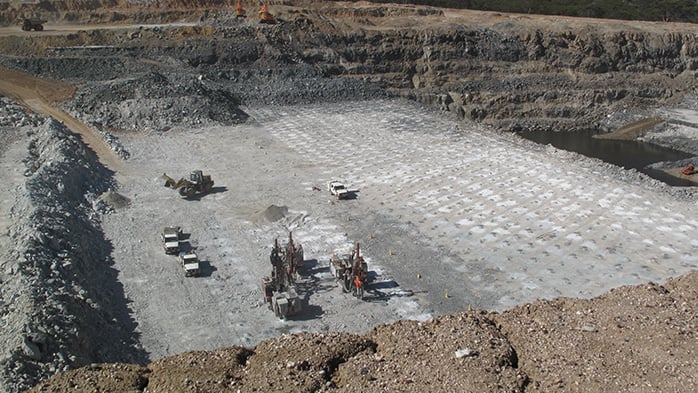China’s Ganfeng lithium has announced that it has raised its battery grade lithium hydroxide spot prices by no more than 10% on 12 February, citing increased costs of raw materials and transportation fees due to novel coronavirus (Covid-19).
In this insight we will focus on the impacts of the Covid-19 on the global market for lithium hydroxide, a key ingredient for high-nickel lithium-ion batteries. Overall, CRU believes the impact of the virus will drive prices upwards to some extent – but assuming the virus is contained, the effect will be short-lived.
Covid-19 is creating a bottleneck in the lithium hydroxide supply chain. Overseas markets, mostly Japan and South Korea, purchased more than 80% of China’s hydroxide output in 2019. Overseas consumers are finding it more challenging to source lithium hydroxide due to issues with customs clearance done because of the outbreak. Domestic users are also facing challenges too due to transportation disruptions, worse they may find it’s more difficult to get the material as converters strive to keep their international customers well supplied. These effects are further compounded by the chemical’s short shelf life. Lithium hydroxide is both highly hygroscopic and subject to oxidation, and therefore consumers usually do not keep large inventories of the material.
China produced around 79% of global lithium hydroxide in 2019, according to CRU’s estimations. In our last insight – Coronavirus; Key implications for battery metals, published on 5 February – we identified the two main risks to supply from the outbreak, namely:
- Chinese plant production could be squeezed due to delayed restarts, and
- disrupted logistics and delayed return of workers could cause supply chain bottlenecks.
In the past week the situation has worsened. The government has adopted stricter restrictions to contain the spread, including separating immigrated employees for up to 14 days before going to their plants and postponing plant restarts by at least one week. This has a number of effects.
- Low capacity utilization rates, thus resulting in lower production even if converters continue operating.
- Higher transportation costs and lower efficiencies due to lack of qualified drivers
- Increased prices of auxiliary materials, such as sulphuric acid.
Our base case view is that this is a limited one-off shock to the lithium hydroxide market and has more to do with supply-side dynamics than demand. We have not significantly altered our view for 2020 as whole and expect prices to continue to be rangebound as a result of the wider oversupply narrative in the global lithium industry. Nonetheless, CRU continues to monitor the Covid-19 outbreak, and if the situation worsens, we will be revisiting this view.

















